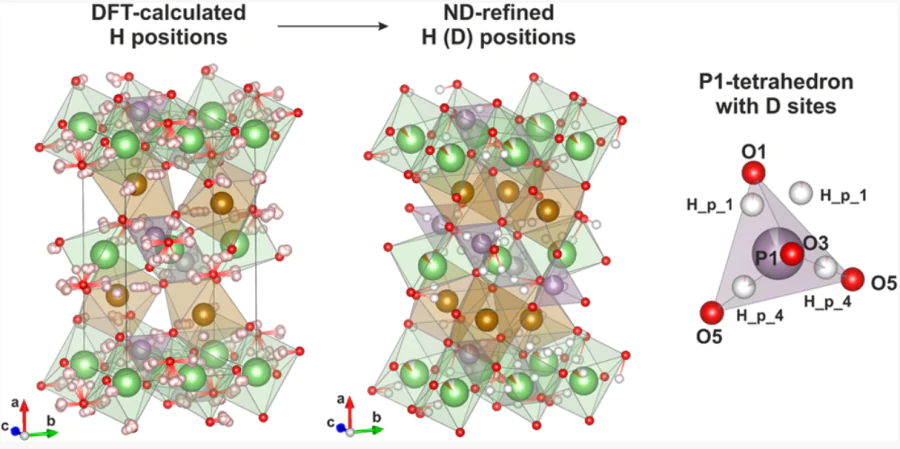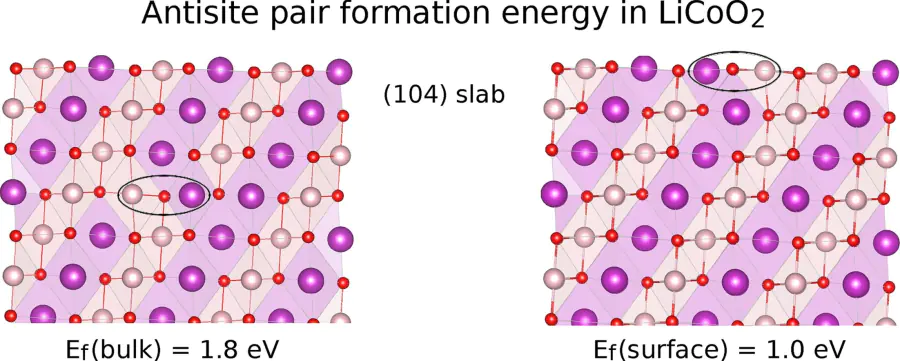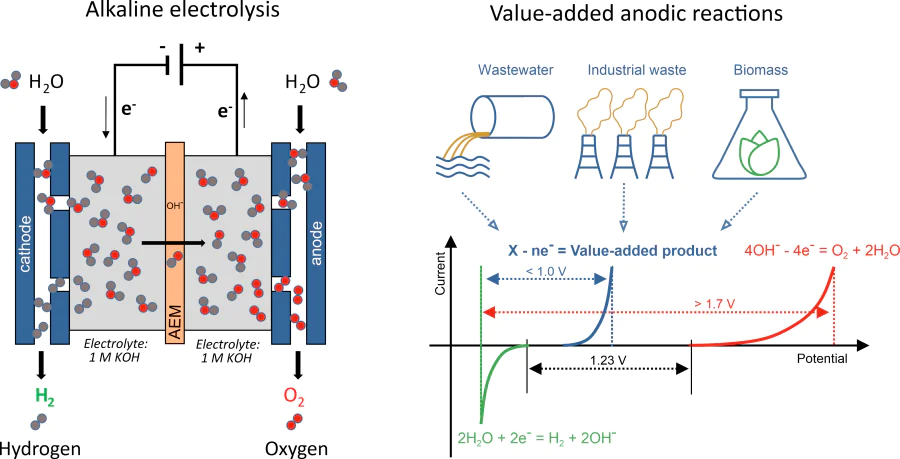Storion lab
Head of Laboratory
Stanislav S Fedotov
Publications
73
Citations
1 740
h-index
22
Authorization required.
Overarched by the development of new energy storage technology our lab consists of three research groups, which are complementary to each other. Cathode, anode, electrolyte design and new chemical synthesis by Stanislav Fedotov Design of electrode/electrolyte interfaces and electrochemical study by Victoria Nikitina Computational design of battery materials and atomic level understanding of electrode/electrolyte interface by Dmitry Aksyonov
- Molecular dynamics and quantum chemical calculations
- Electrochemical research, including operando diffraction and spectroscopic experiments
- Various types of inorganic syntheses: hydro (solvo) thermal, sol-gel, solid-phase

Stanislav Fedotov
Head of Laboratory
Research directions
Development of computational framework SIMAN for high-throughput DFT calculations
+
https://github.com/dimonaks/siman
Understanding cation migration barriers in oxide and phosphate based cathode materials with DFT calculations
+

Computational Materials Science 154 (2018) 449–458
Advanced study of defects in electrodes for metal-ion batteries
+

Inorg. Chem. 2021, 60, 5497−5506
Computational design of solid/solid and solid/liquid interfaces for metal-ion batteries
+

Computational design of solid/solid and solid/liquid interfaces for metal-ion batteries
Electrochemical CO2-to-fuels conversion
+

Electrochemical CO2 conversion to fuels and chemical feedstock is an attractive route to reduce carbon dioxide emissions to prevent catastrophic climate changes. We are focused on the design of non-precious metal-based electrocatalysts for CO2 conversion to synthesis gas, formate and alcohols and mechanistic studies of the electrochemical CO2 reduction pathways. We use electrodeposition to create high surface area bimetallic electrocatalysts based on Cu, Sn, Zn to convert greenhouse gas into valuable products.
(Photo)electrochemical hydrogen production
+

Green hydrogen, produced by electrolysis of aqueous solutions using renewable/sustainable energy sources, is a very much desired energy carrier, which could reduce our dependence on fossil fuels and decarbonize the industry. To date, 96% of hydrogen gas is still obtained from steam reforming and coal gasification, which leads to greenhouse gases emissions. Hydrogen produced by either acidic or alkaline electrolysis is still too expensive. The minimal voltage to break water molecules into hydrogen and oxygen is 1.23 V, while reaching industrially relevant current densities requires much higher voltages (more than 1.7 V). The cost of electricity thus plays a decisive role in the electrochemical hydrogen production. There is much more to be done to increase the chances for success of hydrogen-based economy. New electrocatalysts based on cheap and earth-abundant elements should be developed (currently most active electrocatalysts are based on Pt and Ir metals). Electrolyzer design must be improved to provide the necessary durability and cost-effectiveness. Using pure deionized water for electrolysis is a problem by itself, as it invokes the necessity of a pre-purification step. In our group, we focus on the following strategies to design efficient (photo)electrolyzers.
Low temperature ion insertion-based batteries
+

Li-ion batteries degrade quickly at subzero temperatures. To understand the origin of the battery performance deterioration we conduct multifaceted studies of all the factors, which are responsible for the changes in battery kinetics in the extended temperature range: changes in the activation barriers for ion intercalation, changes in the properties of the electrolytes and evolution of the electrode/electrolyte interphases. The ultimate goal is to design temperature-tolerant and safe battery chemistries, which deliver energy in the extended temperature interval (-100 - +100 °C). We focus on both non-aqueous Li-ion and Na-ion chemistries and aqueous rechargeable batteries (proton insertion batteries). Our current projects are: 1. Design of novel low-temperature electrolytes for Li-ion and Na-ion batteries to enable efficient operation in the extended temperature range. 2. Elucidating ion intercalation mechanisms using advanced electrochemistry and spectroscopy to derive information on the relevent rate-limiting steps. 3. Design of aqueous rechargeable proton-based batteries for ultra-high rate charge storage in the extended temperature range.
Publications and patents
Found
Nothing found, try to update filter.
2019
—
2021
| Аксенов Дмитрий Александрович
Lab address
Москва, Большой бульвар, 30, стр. 1
Authorization required.








